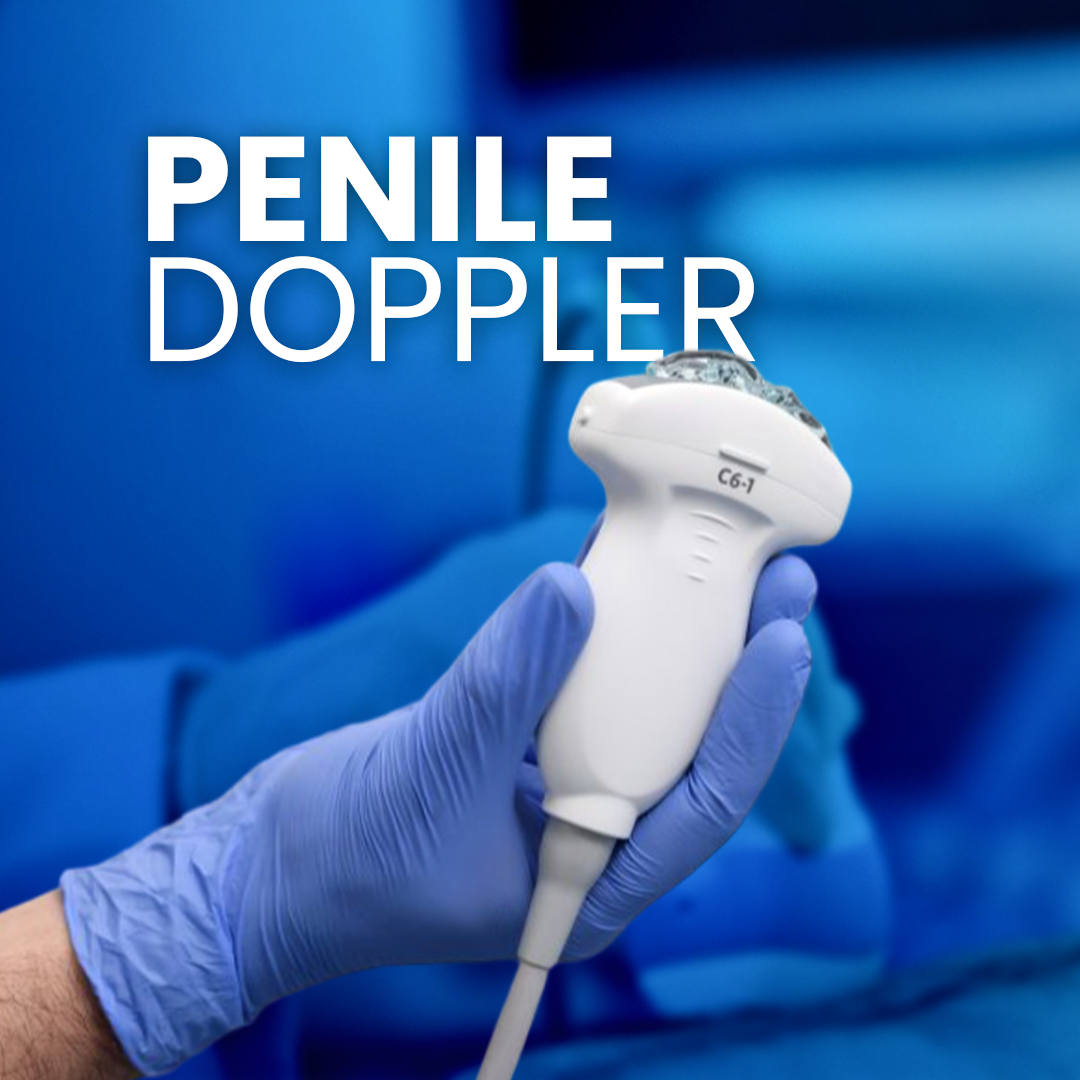



Uroflowmetry Test
(8132)
₹1,000.00
Monitor your urinary health with our Uroflowmetry test in Delhi. This non-invasive procedure measures the flow rate of your urine to help diagnose various urinary conditions and ensure optimal bladder function.
A uroflowmetry test in Delhi is a diagnostic procedure used to measure the rate and pattern of urination (urinary flow). It is commonly used to assess the function of the lower urinary tract and detect potential issues with the bladder, urethra, or the flow of urine. This test is particularly useful in diagnosing conditions like urinary retention, obstructed urinary flow, and benign prostatic hyperplasia (BPH).
How Uroflowmetry Works:
During the test, the patient is asked to urinate into a special device called a uroflowmeter, which is equipped with sensors that measure the volume of urine and the speed of the urinary flow. The test provides a detailed profile of how urine flows through the urethra, including:
- Flow rate: The speed at which urine is expelled from the bladder, measured in milliliters per second (mL/s).
- Total volume: The total amount of urine passed during the test.
- Time of voiding: The time it takes to completely empty the bladder.
- Voiding pattern: How the urine flow changes during the process.
Conditions Assessed with Uroflowmetry:
- Benign Prostatic Hyperplasia (BPH): Enlargement of the prostate that can block urine flow in men.
- Urinary Tract Obstruction: Blockage or narrowing of the urethra, causing difficulty in passing urine.
- Urinary Retention: A condition in which the bladder does not empty completely, leading to discomfort or frequent urination.
- Bladder Dysfunction: Problems with the bladder’s ability to contract or relax during urination.
- Overactive Bladder: Frequent, urgent, or uncontrollable urges to urinate.
- Incontinence: The inability to control urination or leakage of urine.
Procedure:
- Preparation: The patient is usually asked to drink plenty of fluids before the test so that they have a full bladder.
- During the Test: The patient will be asked to urinate into a uroflowmetry device. A sensor will measure the flow rate and time of urination.
- Post-Test: After the test, the patient may be asked to complete a post-void residual volume (PVR) test, where a small amount of urine is checked to determine if the bladder has emptied fully.
Interpretation of Results:
- Normal Flow Rate: A normal uroflowmetry test usually shows a consistent flow rate without any sudden drops or interruptions.
- Low Flow Rate: A low flow rate can suggest bladder outlet obstruction, prostate issues (such as BPH), or neurogenic bladder (nerve-related issues).
- Interrupted Flow: Interruption or intermittent flow may indicate an obstruction or other mechanical problems.
- Slow Start: Difficulty starting the stream can be associated with prostate enlargement or bladder dysfunction.
Benefits of Uroflowmetry:
- Non-invasive: The procedure is quick, simple, and does not require anesthesia or significant preparation.
- Accurate Assessment: Provides objective, quantifiable data on the rate and pattern of urine flow.
- Detects Issues Early: Can help detect urinary problems that may not be apparent from symptoms alone.
Risks and Considerations:
- There are generally no risks associated with uroflowmetry, as it is a non-invasive procedure.
- Mild discomfort may occur from the act of urination into the uroflowmeter, but it is typically brief.
The uroflowmetry test is a useful tool in identifying urinary issues, guiding treatment decisions, and monitoring the effectiveness of treatments for conditions such as BPH and urinary retention. If abnormal results are found, further testing or procedures may be recommended to explore the underlying causes.
Our Best Selling Services
Explore our best-selling products, carefully curated for top performance and customer satisfaction. From innovative solutions to reliable essentials, these items are proven favorites that deliver value and quality






